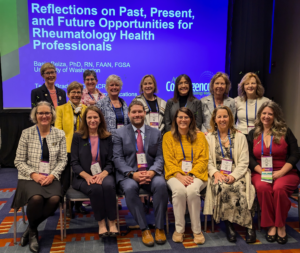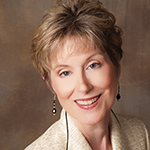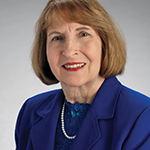Progress Via Research
Dr. Brady said major changes have come in the form of research as well, allowing the field to move more toward evidence-based practice. The founding of the Arthritis Care & Research (AC&R) journal was a cornerstone of this change, she said.
“Our recommendations now were built on reasonably designed studies and well-answered questions,” rather than anecdotes or studies with an insufficient number of patients, she said, quoting a commentary on research evolution published in 1994 in a special issue on exercise and arthritis. “We weren’t leaning on our sacred cows anymore.”1
Patti Katz, PhD, professor of medicine at the University of California, San Francisco, who was in the audience, said the entire thinking around clinical and research goals has changed from where it was in the 1980s when she entered the field.
“When you said you were going to look at patient-reported fatigue or pain, it was like, ‘Who cares?” she said. “And now we have this great science where we actually have a whole body of work around patient-reported outcomes, and they are often used as the primary outcomes.”
Basia Belza, PhD, MSN, FAAN, panelist, ARP president in 2000–2001, and professor of biobehavioral nursing and health informatics at the University of Washington, encouraged ARP members to take advantage of the resources that are available, including the AC&R journal and the Rheumatology Research Foundation (RRF).
“As a journal comes into your office or your work station, take a look at it every month and see what’s in it that’s applicable to your practice,” she said.
As for the RRF, she suggested “being an advocate for yourself and your colleagues and let them really know what the unmet needs are, and areas where they can help, both research as well as training. They’re not just doing research, they also fund training.”
The ARP has gained a higher profile within the ACR over the years, panelists said. In the mid-1990s, the organization had a kind of “token representation” on ACR committees, Dr. Belza noted. That is no longer the case. There are also now two to four members from the ARP on each ACR committee, and the ARP has a full voting member on the ACR board, Dr. Brady said. Also, she said, the annual meeting is now fully integrated and ARP content is not relegated to the back of the program.




